The natural world is full of remarkable stories of survival, where species once thought to be doomed have managed to persevere against all odds.

Whether due to habitat destruction, climate change, poaching, or natural disasters, these animals have faced near-extinction yet found ways to endure. Through incredible adaptability, human conservation efforts, or sheer resilience, these species remind us that nature always fights back.
The kakapo has come back from the brink.
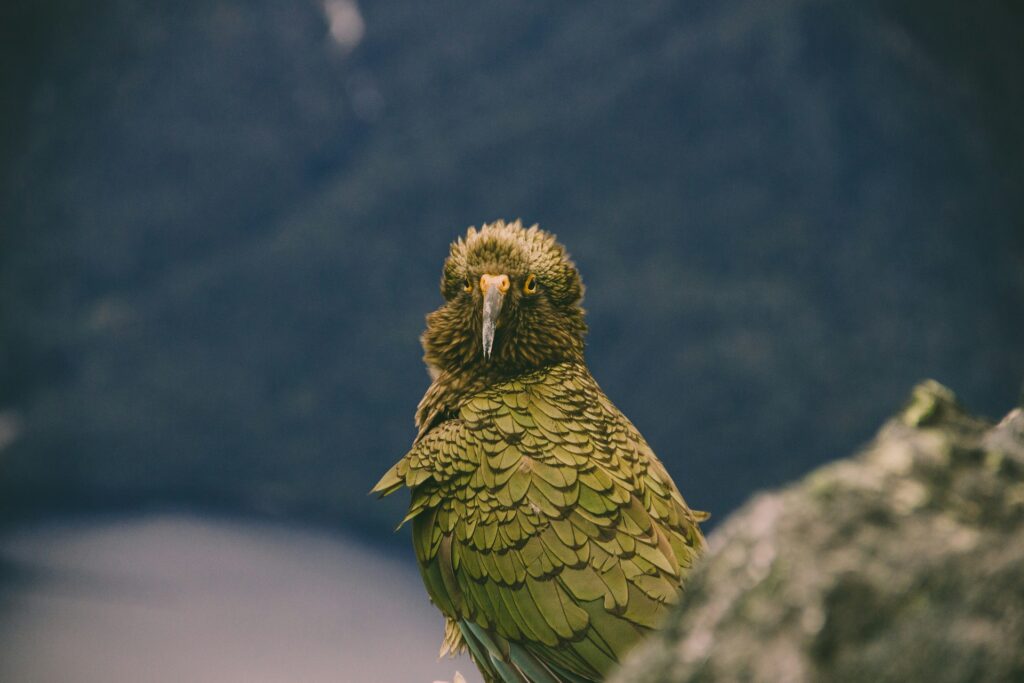
The kakapo, a flightless parrot from New Zealand, was once thought to be extinct due to habitat destruction and introduced predators like cats and stoats. By the 1990s, only around 50 individuals remained, making it one of the rarest birds on Earth.
Thanks to a dedicated conservation program involving habitat protection and careful breeding, kakapo numbers have slowly increased. With fewer than 300 in existence today, they are still critically endangered, but their recovery is a testament to how human intervention can help save species from extinction.
The Amur leopard is surviving against impossible odds.

One of the rarest big cats in the world, the Amur leopard was nearly wiped out due to poaching and habitat destruction in Russia and China. By the early 2000s, fewer than 30 individuals remained in the wild, making their survival seem almost impossible.
However, thanks to conservation efforts, protected reserves, and anti-poaching laws, their numbers have started to rise. There are now over 120 Amur leopards in the wild, proving that even the most critically endangered species can make a comeback with the right protection.
The saiga antelope has survived mass die-offs.

With its distinctive, bulbous nose, the saiga antelope is one of the strangest-looking mammals in the world. Once roaming vast areas of Eurasia, its population was devastated by hunting, habitat loss, and mysterious disease outbreaks that killed thousands in a matter of days.
Despite losing 60% of its population in a single mass die-off in 2015, conservation efforts have helped the species rebound. Strict anti-poaching measures and habitat restoration programs have allowed the saiga to slowly recover, proving its remarkable resilience.
The Lord Howe Island stick insect returned from extinction.
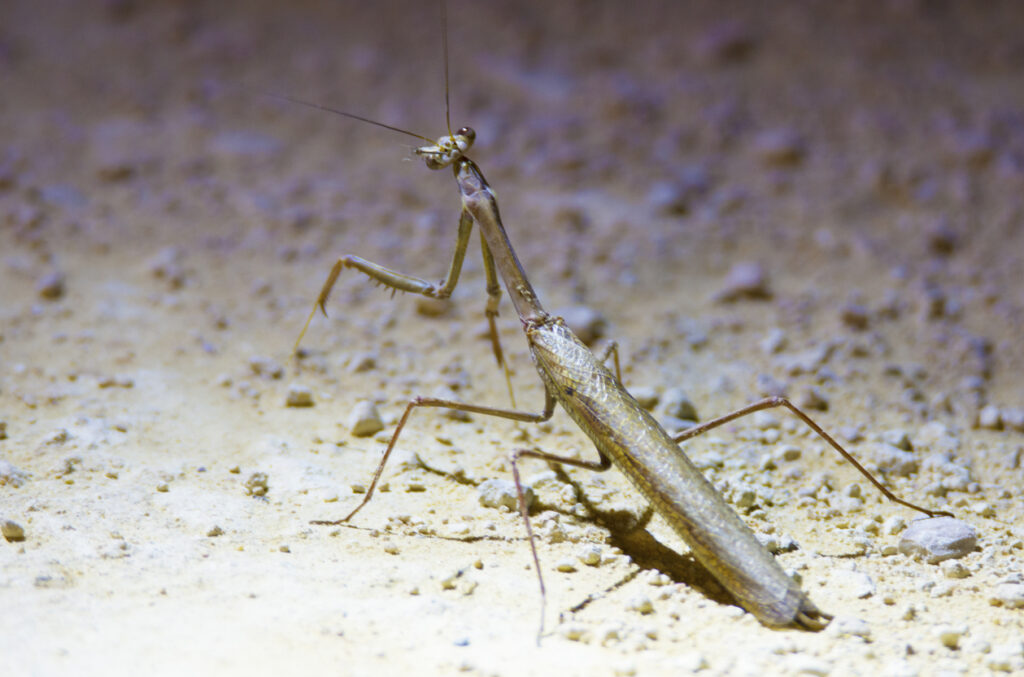
Once declared extinct, the Lord Howe Island stick insect, also known as the “land lobster,” was rediscovered in the wild in 2001 after being absent for nearly a century. It was believed to have been wiped out by rats introduced to its native island in the early 1900s.
A tiny population was found clinging to life on Ball’s Pyramid, a remote sea stack off the coast of Australia. Since then, captive breeding programs have helped increase their numbers, giving hope for their reintroduction to Lord Howe Island.
The pygmy three-toed sloth is holding on despite habitat loss.
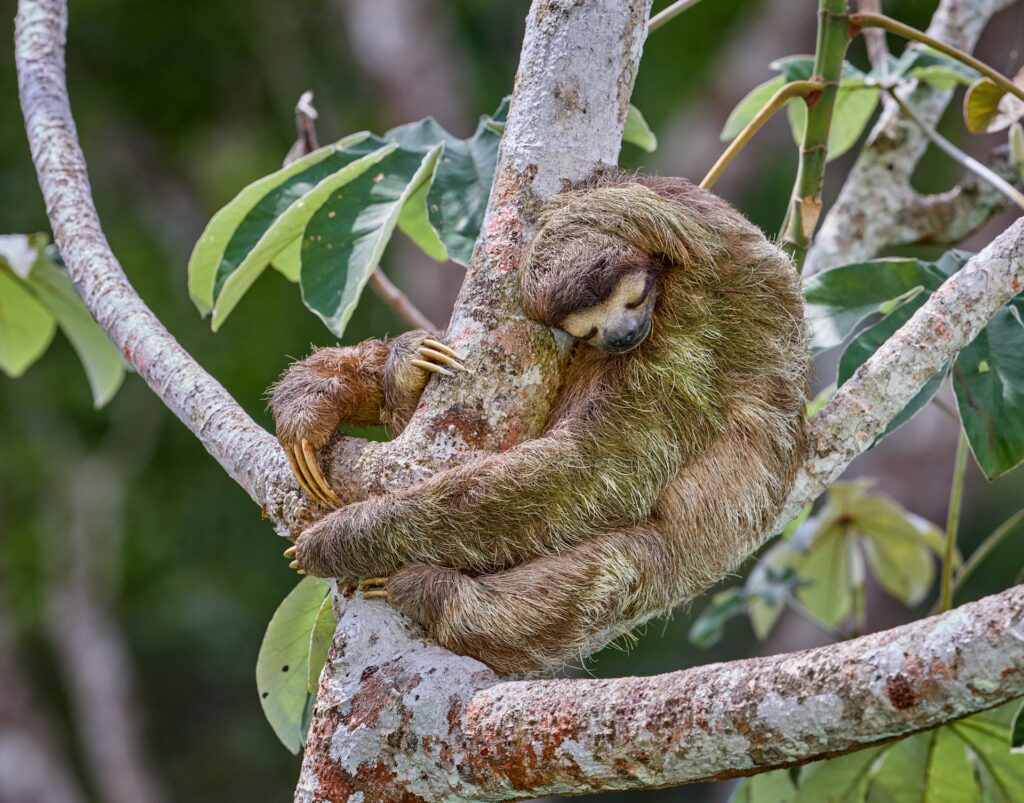
Found only on a small island off the coast of Panama, the pygmy three-toed sloth is one of the rarest mammals in the world. As mangrove forests disappear due to deforestation, its already small population has been further threatened.
Despite these challenges, the sloth has managed to survive by adapting to its shrinking habitat. Conservation efforts are now focused on protecting its remaining environment, offering hope that this unique species can continue to cling to life.
The axolotl has avoided extinction in the wild.
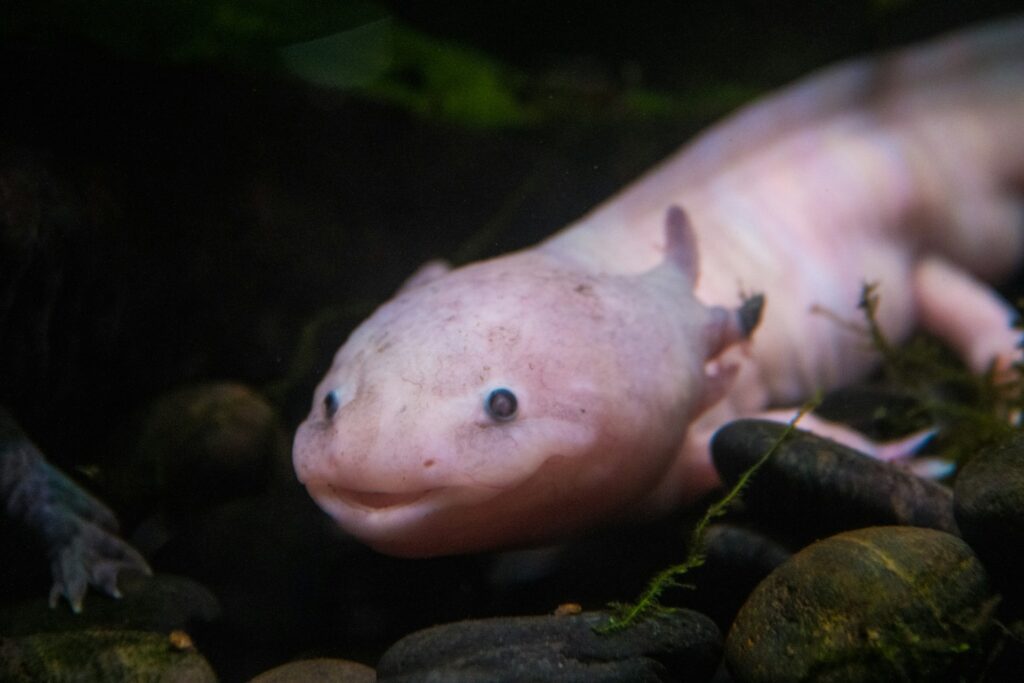
Known for its permanent juvenile state and regenerative abilities, the axolotl is a fascinating amphibian native to Mexico. However, habitat destruction, pollution, and the introduction of invasive species have nearly wiped out wild populations.
Though critically endangered in the wild, axolotls have survived thanks to captive breeding programs and their popularity in scientific research. Conservationists are now working to restore their natural habitat and reintroduce them to protected areas.
The Javan rhino is making a slow comeback.
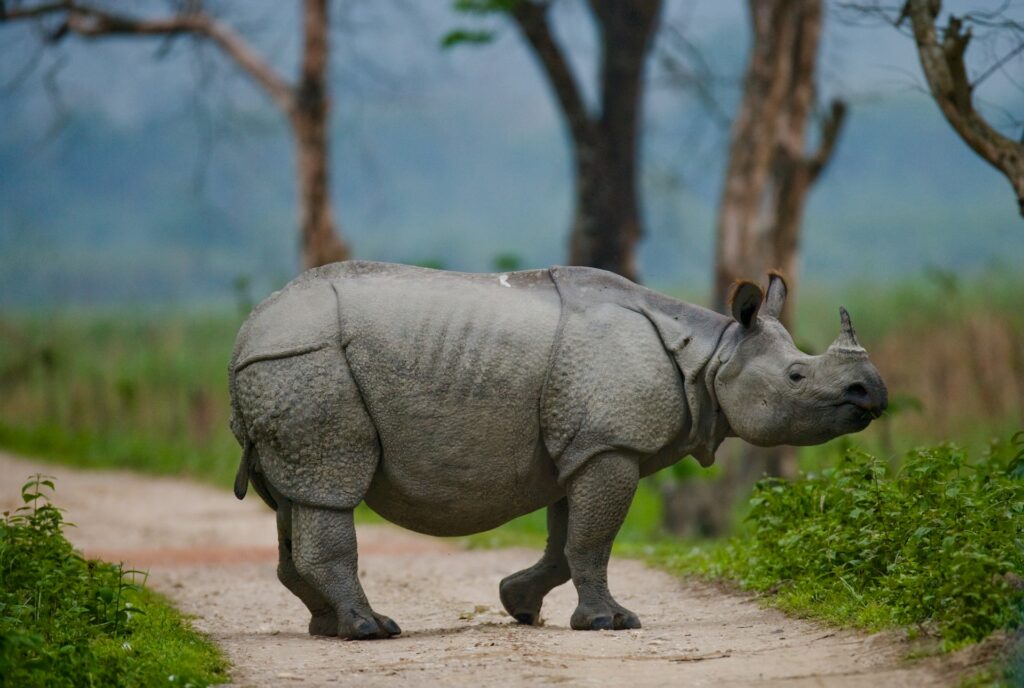
The Javan rhino is one of the world’s rarest mammals, with only a single known population remaining in Indonesia’s Ujung Kulon National Park. Habitat destruction and poaching for their horns nearly drove them to extinction, with fewer than 60 individuals alive today.
Strict conservation efforts, including round-the-clock protection and habitat restoration, have helped stabilise their numbers. Though still critically endangered, the fact that they have not been lost entirely is a remarkable achievement.
The takahe was thought extinct for 50 years.

Another New Zealand native, the takahe, was believed to be extinct for half a century before a small population was rediscovered in a remote mountain valley in 1948. These large, flightless birds were nearly wiped out by habitat destruction and introduced predators.
A conservation breeding program has since helped increase their numbers, and reintroduction efforts continue to expand their range. Though still endangered, their rediscovery remains one of the most remarkable wildlife success stories.
The yellow-eyed penguin fights against multiple threats.
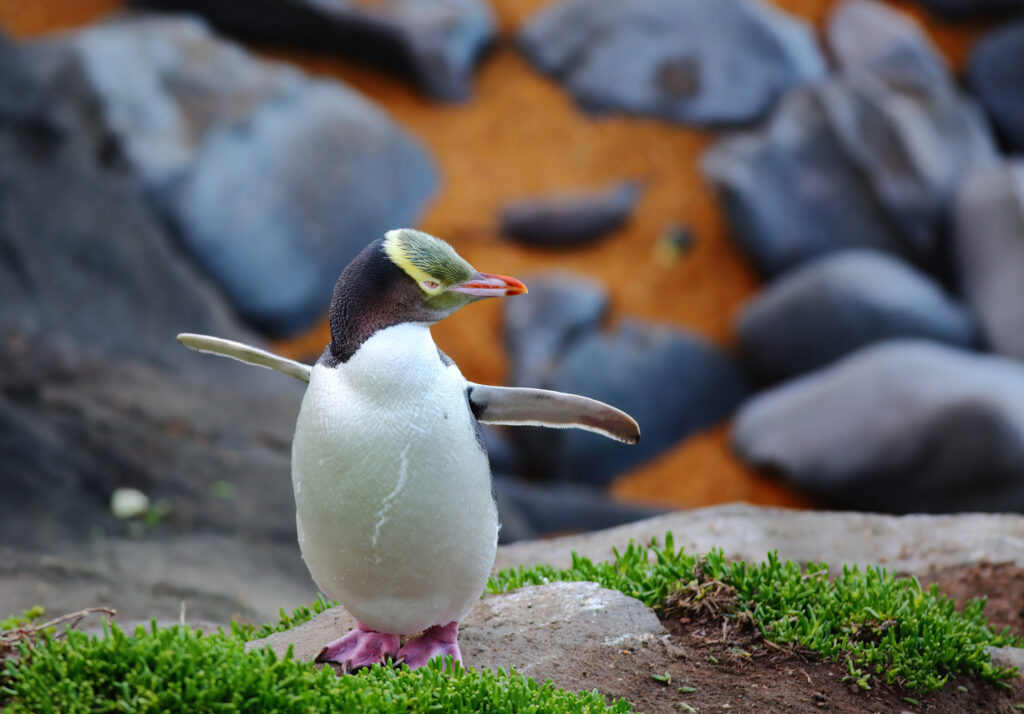
Found only in New Zealand, the yellow-eyed penguin is one of the world’s rarest and most threatened penguin species. Its numbers have declined due to habitat destruction, disease, and climate change, which have made food sources increasingly scarce.
Despite these challenges, the species has managed to persist with the help of conservation programs that protect nesting sites and monitor their health. Ongoing efforts are critical to ensuring that these distinctive penguins do not disappear.
The Ethiopian wolf is Africa’s rarest carnivore.

Unlike most wolves, the Ethiopian wolf is a high-altitude specialist, living in the mountains of Ethiopia. With fewer than 500 individuals remaining, it is the rarest canid species in the world. Habitat loss, disease spread from domestic dogs, and human encroachment have made their survival increasingly difficult.
Conservationists have worked to vaccinate populations against diseases like rabies while creating protected areas to safeguard their habitat. Despite being critically endangered, these wolves continue to persist against overwhelming odds.
Nature’s survivors are a reminder of resilience.
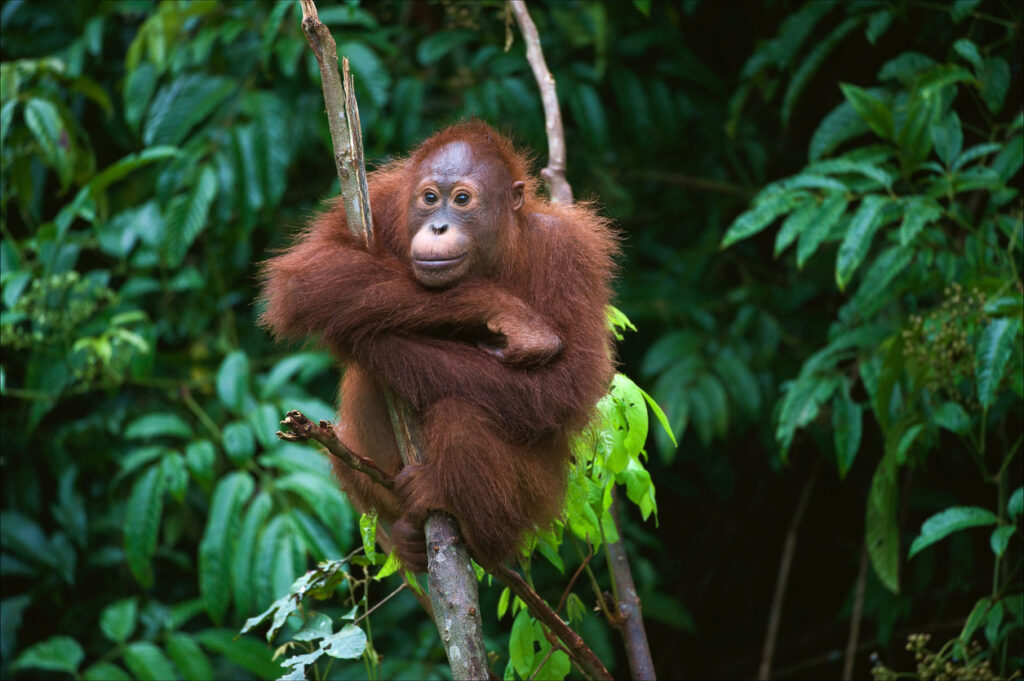
Each of these species has faced near-extinction, yet through adaptation, conservation efforts, and sheer resilience, they have managed to defy the odds. Their survival stories highlight the importance of protecting wildlife and ensuring that even the most endangered species have a fighting chance. With continued conservation efforts, these incredible animals may yet thrive for generations to come.